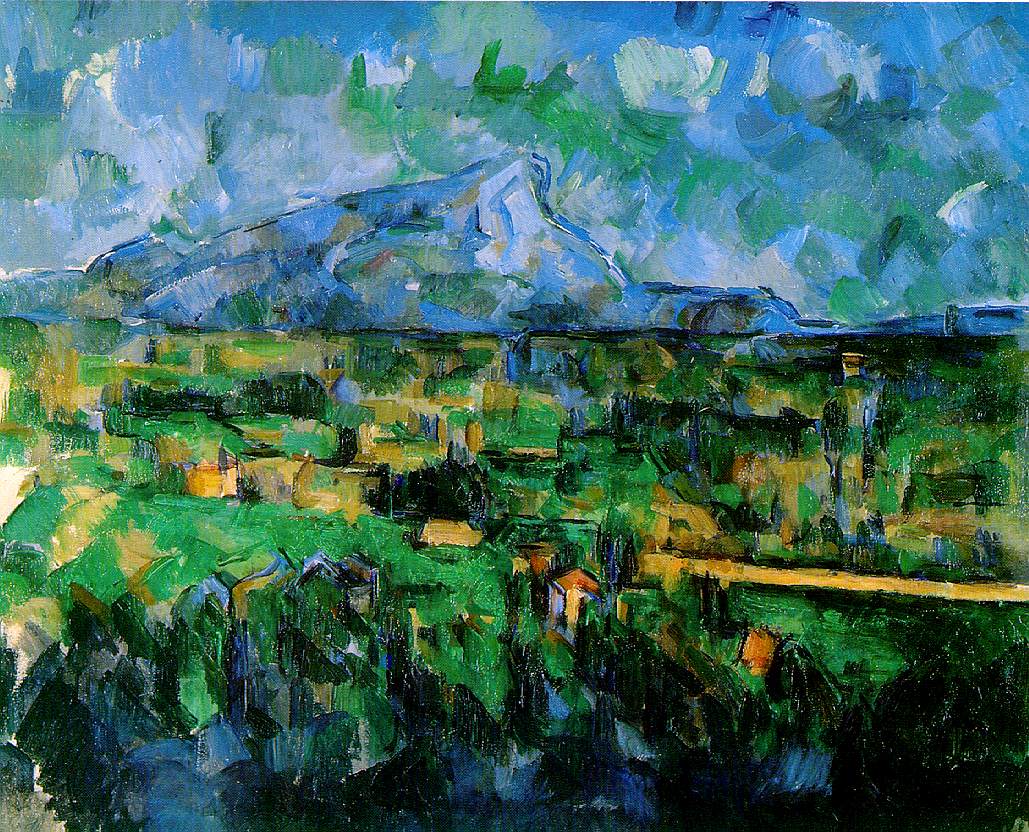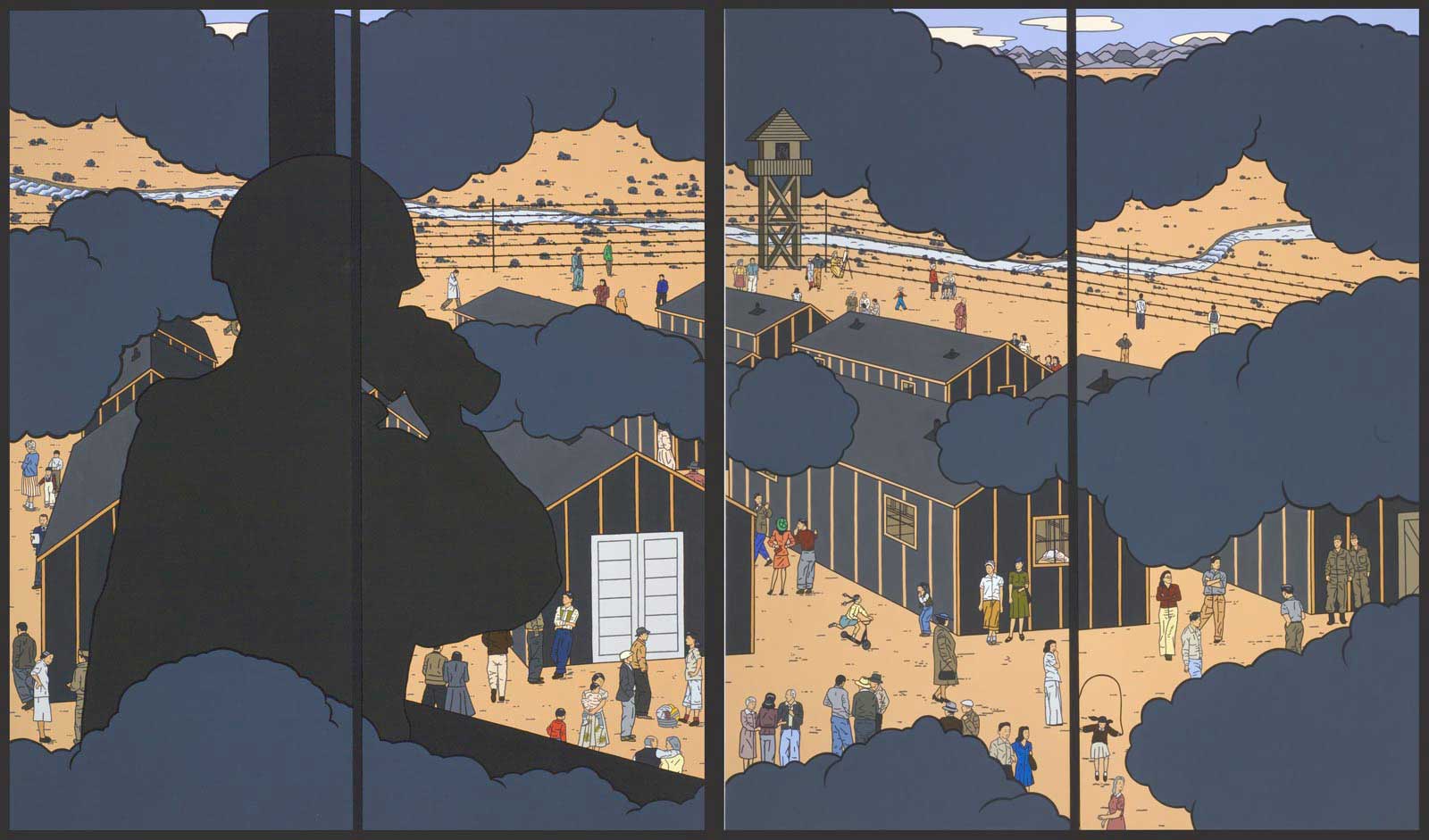The Wave VIII
7:00 AM
_-_Google_Art_Project.jpg) |
| August Strindberg, The Wave VIII, 1901 |
By LISA MAEDA
Powerful. Violent. Somber. Meaningless?
"What does it mean?" asks the average gallery visitor, stumped by the eccentricities of modern art. What kind of statement is the artist trying to make?
Richard Brettell argues: "That there is a very strong and literary-charged subject here, the crashing sea, is undeniable. Yet Strindberg conveyed that subject in ways that have little to do with standard illusionism, and removed any sense of internal narrative from the canvas" (189).
So, essentially, it means nothing.
"Really?" I ask, doubting Brettell's roundabout logic. Don't get me wrong, Brettell is a fun read — but I couldn't find myself agreeing. Strindberg was an author at heart, and to say his paintings were without narrative seemed like an utterly ridiculous assertion. Surely Strindberg, writer of intense dramas that bit into social roles and norms would paint with a storyteller's hand. I believe that the internal narrative remains preserved, a rich element of the cardboard canvas in which Strindberg painted.
The Wave VII is a self-explanatory title. This wave is not Strindberg's first, nor his last. Despite the chaotic focus of the ocean and clouds, the horizon takes its place as the heart of the painting. Surreal, yet gentle, the pale orange light continues to shine past the wave's attempt at extinguishment. Like sunrise over a battlefield, it signifies a peaceful future.
I wonder, if I had a closer view of this painting (18 inches away, to be exact), if it would feel like a Rothko. Strindberg emulates Rothko's double rectangle formula before Rothko's time, and yet the distinct presence of a subject breaks that illusion. And while Brettell acknowledges that subject, he doesn't at the same time, simply by attributing The Wave VIII to his concept of "anti-iconography."
Perhaps, rather than following vague explanations about how some art doesn't mean anything, we can define art on our own terms.
.jpg)




.jpg)





0 comments